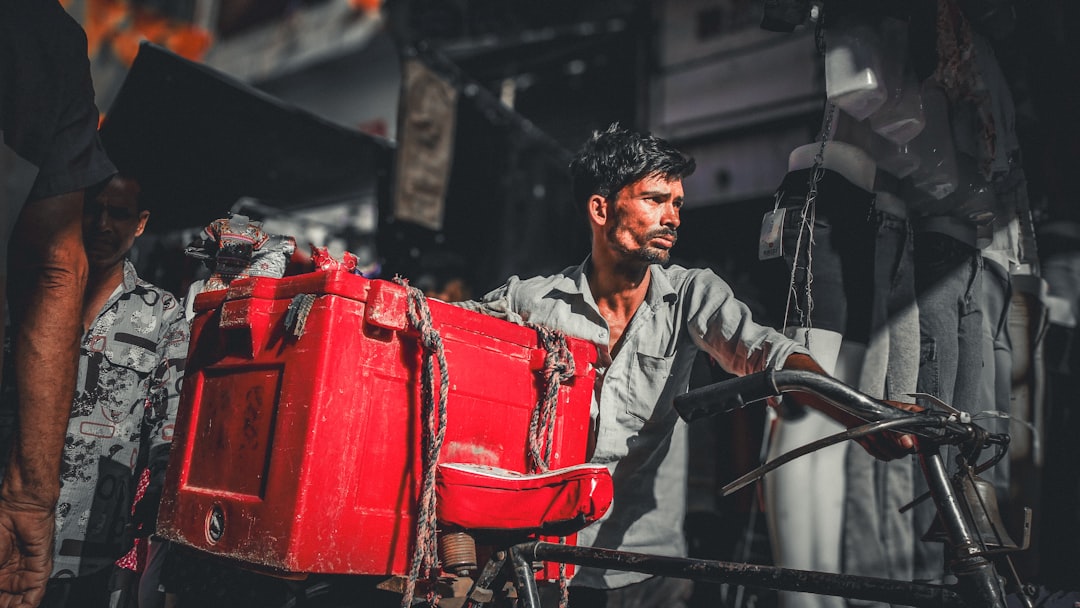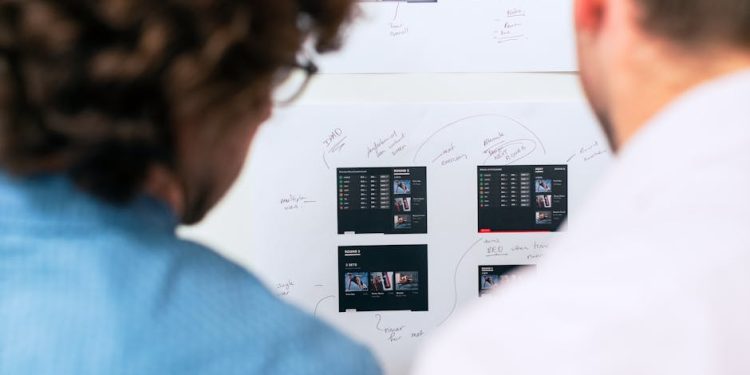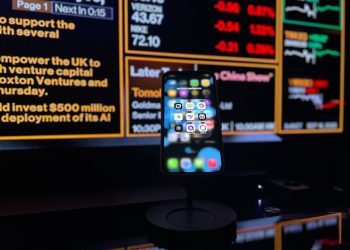No products in the cart.
Design-Thinking: The Key to India’s Green Job Boom
As India gears up for a green job boom, the need for a design-thinking workforce is more critical than ever. This analysis delves into the emerging opportunities.
The winds of change are blowing through India’s job market, and they carry with them the promise of a green revolution. With a projected 35 million jobs in the green sector on the horizon, the call for a workforce equipped with design-thinking skills has never been more urgent.
In a recent discussion, the Provost of Anant National University emphasized that this burgeoning sector is not just about employment; it’s about creating a sustainable future. As India steps onto the global stage in the fight against climate change, the need for innovative minds who can think outside the box is paramount.

Design thinking, a human-centered approach to problem-solving, is the cornerstone of this new workforce. It encourages individuals to empathize with users, define problems, ideate solutions, prototype, and test. This iterative process fosters creativity and innovation—key ingredients in the recipe for success in today’s fast-evolving job landscape.
But why is design thinking particularly vital for green jobs? Let’s explore the context. The green economy is not just about installing solar panels or recycling waste. It’s about reimagining entire systems—energy production, waste management, urban planning—through a lens of sustainability. It requires a workforce that is not only skilled but also adaptable, capable of approaching challenges from multiple angles.
It requires a workforce that is not only skilled but also adaptable, capable of approaching challenges from multiple angles.
For instance, consider the story of a young entrepreneur from Bengaluru, Priya Sharma. After graduating with a degree in environmental science, she founded a startup dedicated to creating biodegradable packaging solutions. By applying design-thinking principles, she was able to engage her customers in the product development process, resulting in packaging that is not only eco-friendly but also appealing to consumers. Priya’s journey illustrates how a design-thinking mindset can lead to innovative solutions that meet both market demands and environmental needs.
However, the transition to a design-thinking workforce is not without challenges. Educational institutions are being called upon to rethink their curricula, ensuring that students are not just passive recipients of knowledge but active participants in their learning journey. Collaborative projects, internships, and real-world problem-solving must be integrated into higher education to prepare students for the complexities of the green job market.
Moreover, companies must embrace this shift as well. Traditional corporate structures often stifle creativity and collaboration. Organizations that wish to thrive in the green economy need to adopt flexible work cultures that encourage experimentation and risk-taking. Companies like Unilever and Tesla are leading the way, fostering environments where innovative thinking is not just welcomed but expected.
As we look to the future, it’s clear that the green job boom represents a unique intersection of opportunity and responsibility. The workforce of tomorrow will need to be equipped with a diverse set of skills—technical expertise, creative problem-solving, and emotional intelligence. This multifaceted approach is essential to navigate the complexities of sustainability.
At the same time, policymakers must step up to support this transition. Government initiatives that promote education in design thinking, provide funding for green startups, and incentivize companies to adopt sustainable practices will be critical in shaping the future workforce.
Educational institutions are being called upon to rethink their curricula, ensuring that students are not just passive recipients of knowledge but active participants in their learning journey.
In conclusion, as India aims to become a leader in the green economy, the emphasis on a design-thinking workforce cannot be overstated. The journey ahead is challenging, but with the right mindset and support, the potential for innovation and job creation is boundless. The future is green, and it’s time for us to think differently.











